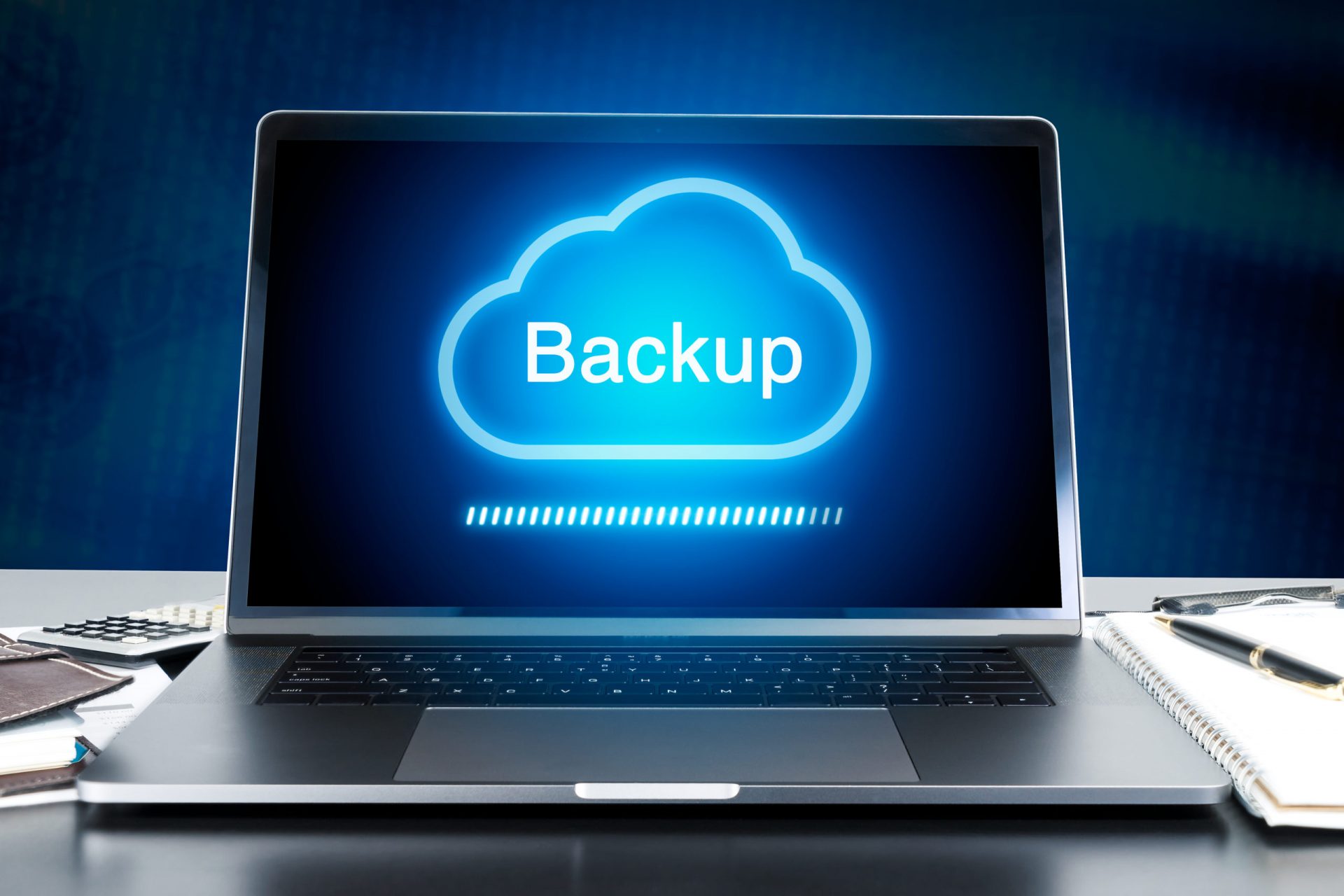
Backups – Why pressing the button isn’t enough
6th August, 2019
When was the last time you reviewed your backup process? Are you still dusting off tapes? Are you confident the backups work?
Historically, backups were done on tapes. Often, there were just two – one in the machine doing the current backup, and the other which you took home each night. Yes, millennials – that really was how it worked!
If you were a bit more risk averse, you’d have several tapes, and rather than overwriting the previous day, you would have a week or even a month of data.
The backup didn’t get checked very often, if at all. Everyone just hoped it would never be needed.
In the modern world, with heightened risk of viruses and hacking, and every companies increased reliance on data, that approach just won’t cut it anymore.
So, what are the options?
On premise – in other words if you want a physical backup at your place of work, which we call local storage.
For this, your data would be backed up to network attached storage (NAS), which presents on your network as a hard drive – think of this as a bit like a time capsule.
You’d then use backup software to set up how, when and what you wanted backed up. Once it’s been programmed it’s all hands free – no human intervention needed, it just sits quietly in the background and gets on with it.
But, you would still need an off site option to protect your business – in other words, if your premises burnt down, you could still access your data. Rather than lugging tapes, the modern day equivalent would be a small USB portable hard drive.
Hybrid – this is a blend of cloud and on site back up. The advantage with this approach is that it spreads the risk to the business. The local backup at your premises can be accessed more quickly, should you need it, whereas cloud based backup typically takes more time to recover.
Cloud – all data is backed up to a cloud (virtual) system. This does work well for small businesses, but reliance on internet speeds, and potentially offshore servers, can make recovery incredibly slow, so it’s not necessarily the right choice for your business.
We work with a number of the leading backup software providers:
- Azure
- Altaro
- Datto
- Veeam
Backup software is a very competitive market, and many of the core features will be the same. However, different solutions are suited to each business, dependent on the set up and the requirements.
In short, we can’t recommend the best product for you right now, so let’s chat about your needs, then we can guide you.
Most businesses have at least some cloud functionality – Office 365 and Sharepoint etc. In theory, you don’t need to worry about this, as the system rarely fails, and backup is built in. But don’t assume that will be sufficient – there is only 30 days of recovery built in, so if you need to access older emails or files, you will need an additional solution.
Ahead of setting up a new backup solution, you need to think about what your business would require, should you need to recover your data:
- Is 24 hour old data good enough?
- Is waiting 24-48 hours to recover data acceptable?
- Do you store a lot of small customer service data changes?
The answers to these questions can help you determine how frequently your business backs up critical data. For example, one of our customers backs up customer critical data every 15 minutes, so if the worst should happen, they have only lost 15 minutes of work.
Some of this will form part of your disaster recovery (DR) or business continuity plan (BCP). You’ve probably guessed that’s a much bigger project, but is clearly mission critical to your business.
Next time, we’ll be exploring DR/BCP in more detail…
In the meantime, if you would like help with improving backups, please contact us on 01784 486 720.





